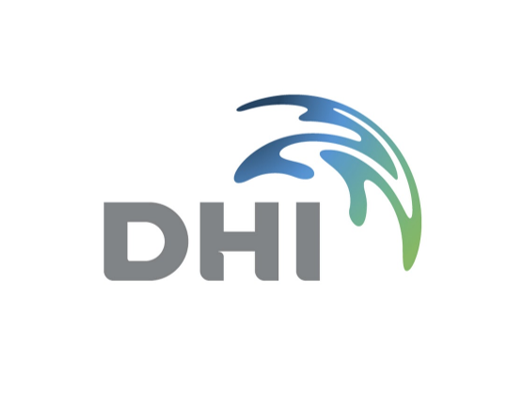DHI
DHI plays an important part in realising our ambition by helping us monitor birds and bats within the wind farm zone and reducing the risk of collisions as much as possible. DHI’s highly advanced sensors, cameras, and artificial intelligence (AI) help protect the winged visitors to the wind farm zone and promote coexistence of wildlife and offshore wind energy production.

Monitor birds and bats with sensors and AI
DHI has extensive experience with monitoring of birds and bats in challenging offshore conditions. Radars from Robin Radar Systems ensure that anything moving above the water surface is tracked continuously in 3D in real time. This information is fed to advanced robotic cameras. The cameras zoom onto the object, identify it automatically using artificial intelligence and help make sure alarms are activated whenever a bird of interest gets too close to the rotor blades. All of this is controlled by one system called MUSE.
It is not just birds that are monitored. As a pioneering step, DHI’s sensors also keep track of bats in the wind farm using thermal cameras and acoustic microphones. These microphones are installed at various heights in different directions on the turbines.
Deter and detect birds
Before any birds come too close, deterrent systems on various turbines try to scare the approaching birds away. The systems use a combination of cameras that scan the environment and speakers on the turbine’s main access platform and the nacelle. If that does not scare away the birds, DHI’s system sends a signal to our wind farm control system to temporarily slow down individual turbines instead of stopping the entire wind farm.
In case of a collision, the incident is registered by a system that combines sensors within the blades of the turbine and cameras that look up in the rotor-swept zone. This way, if anything does collide with the turbines, the operators know what it was.
The future of nature-inclusive wind farms
DHI uses all the collected data to identify, in collaboration with Waardenburg Ecology, the most effective measures to minimise impact on birds and bats passing through the area as much as possible. The ultimate goal is to find a way to accommodate the increasing need for offshore wind while keeping any negative impact on the existing local wildlife to an absolute minimum.

© Images and copy in collaboration with DHI A/S


innovations
Related articles


